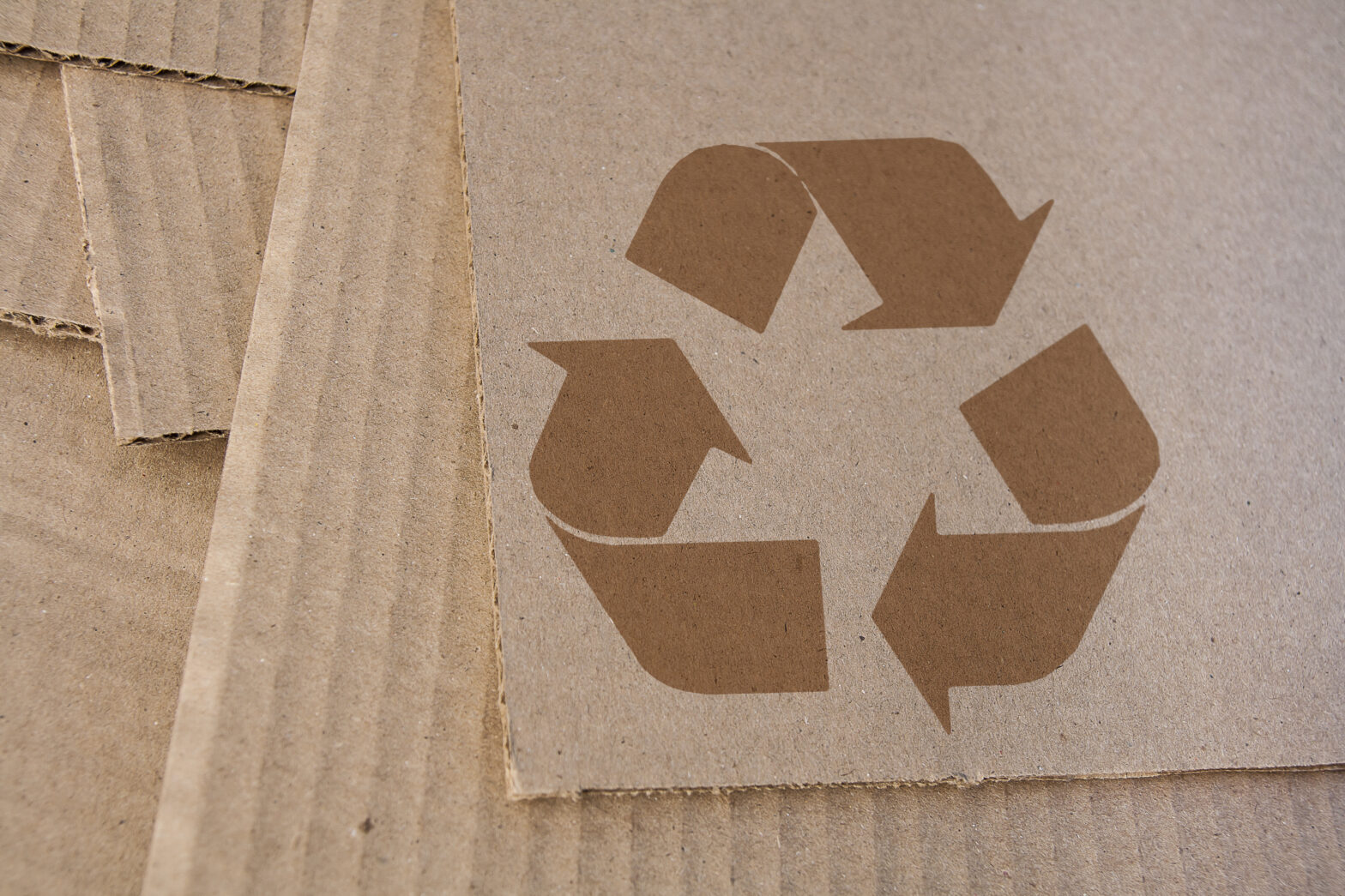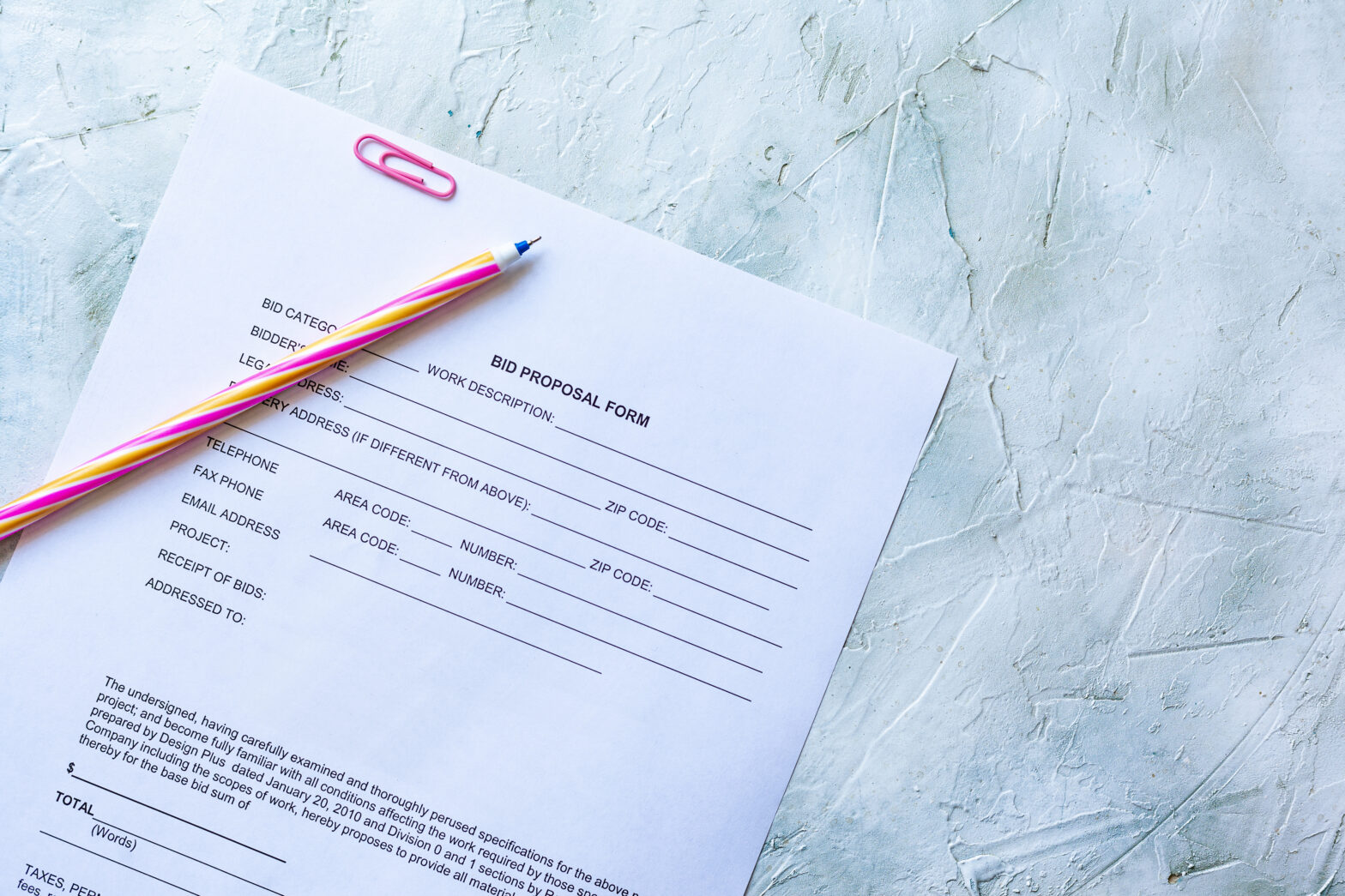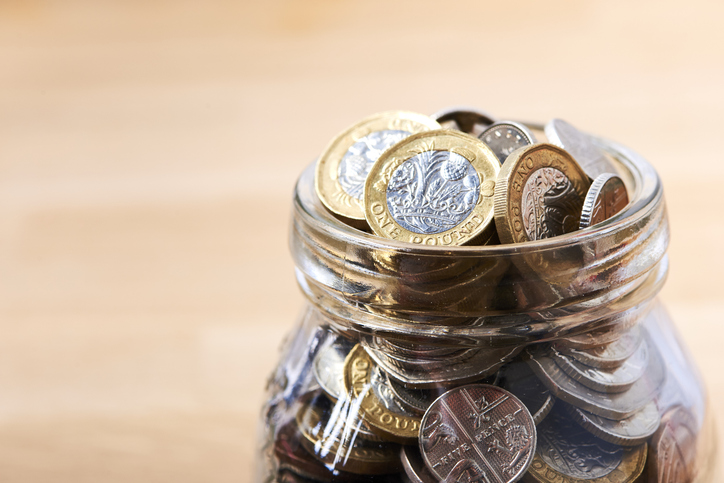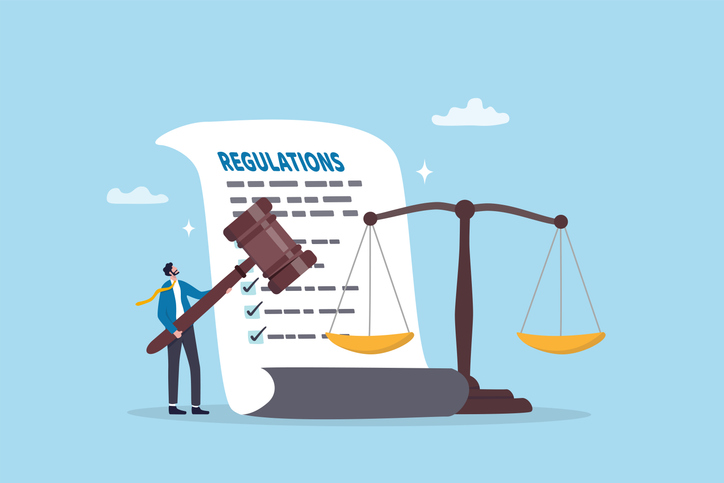‘Going green’ is a phrase that defines the past decade, as we become increasingly aware of the need to minimise our impact on the environment. The over-use of packaging materials has really taken the spotlight recently, especially with the success of the UK’s recent 5p carrier bag charge which reduced plastic bag usage by 85 per cent in its first six months. It’s clear that packaging is being overused and can be easily eliminated, and brands that position themselves as environmentally friendly can benefit from improved public perception.
Given that consumers are becoming increasingly aware of sustainability issues, what can your business do to build a brand identity as an ethical and responsible trader? How can you build your ‘green cred’ to boost sales without driving up production costs?
It’s not enough just to be sustainable; you have to show it
Consumers are, as a whole, conscious of the need to care for the environment, and most will take sustainability into account when choosing a product. However, brands need to effectively communicate their sustainability to consumers, and the packaging in which their products are provided is the strongest message they can send – how the item is presented gives customers a tangible experience to associate with you, shaping your brand identity.
A recent Guardian study shows that 70 per cent of consumers are likely to be influenced by packaging which demonstrates a concern for the environment, but that most consumers are unmoved by corporate statements – even when backed up with governmental approval. This mistrust stems from the long-established practise of ‘greenwashing’ to mask unsustainable business practices, which has been given fresh fuel by Volkswagen’s ‘Dieselgate’ scandal.
Since even official tests were duped by VW, this undermines the reliability of any assertion of sustainability. Therefore, brands can’t just say that they’re environmentally responsible – they need to show it, and the most powerful medium for doing so is their product packaging. So how do brands go about demonstrating their green credentials to a sceptical consumer base?
How do brands make their packaging sustainable?
Big brands take sustainability very seriously these days. Take Dell, for example; it’s partnered with Ecovative, a packaging company which has developed a Styrofoam alternative that can be grown from mushroom roots and wheat husks – simply mix them together in a mold and a few days later you’re holding a perfectly-formed piece of packaging material that can be composted in your own garden.
This sends a powerful message to consumers who are used to unpacking bales of toxic plastic from their products; rather than contributing to landfill, they’re able to simply crumble it up and spread it on their flowerbeds. You can even have a go at this yourself; Ecovative offer ‘Grow it Yourself‘ packs which you can use to create your own 100 per cent sustainable packing material.
Another brand that considers how its packaging affects customers is Amazon, who introduced their ‘Frustration Free Packaging’ initiative in 2008. In the first five years, this project eliminated 11,200 tons of packaging, and by streamlining the ways in which their products were packaged, Amazon customers were presented with a much more straightforward unboxing experience that eliminated ‘wrap rage’.
Not only that, but Amazon products also feature in numerous ‘unboxing’ videos, with consumers unpacking Amazon products on camera and describing the experience. This kind of PR is invaluable for brands, as it’s a very powerful way for them to extend their brand identity. This Google Trends graph shows how awareness of ‘Frustration Free Packaging’ has grown in the past five years:
So big brands are incorporating sustainable packaging into their business models, but what about smaller companies? What can you do as a small business owner to boost your green cred, without breaking the bank?
Incorporating sustainable packaging into your e-commerce business
Creating sustainable packaging as an e-commerce business is vital, since packaging is your opportunity to create a memorable customer experience. Converting to sustainable packaging can seem like a tough task, but there are four main areas which you should focus on:
- Use less material: The less you use, the less waste there will be, and minimal packaging sends a clear message that your company only uses what’s necessary. Take a good look at what you’re using; could you use a smaller box, or less wrapping paper? Experiment with different levels of packaging to see what’s really necessary to keep your products protected in transit; you’d be surprised at how easy it can be to find creative packaging solutions that minimise the materials you use.
- Change the materials you use: There are plenty of sustainable alternatives to standard packaging materials. For instance, plastic foam peanuts can be substituted with shredded paper or cardboard, biodegradable starch peanuts or even packing straw, which makes it very easy for consumers to recycle your packaging.
- Avoid mixing materials: Many materials can be recycled, but because they all require different techniques they must be separated first. If it’s difficult to separate the materials, then they won’t be recyclable at all – foil-lined paper bags, for example, or laminated cardboard. Similarly, using a lot of plastic tape and shipping notices can render your packaging unrecyclable; make sure to minimise your tape usage and use PEFC-certified labels so that your packaging can be easily recycled.
- Using “pre-cycled” materials: Incorporating recycled materials into your packaging reduces the amount of materials you’re introducing into circulation. Foam peanuts, for example, are colour-coded to denote their source, and green peanuts consist of at least 70 per cent recycled material (they also break down within 5 years). The extent to which you can use pre-cycled material may be limited, depending on its application; Innocent found that their 100 per cent recycled plastic small drinks bottles compromised the product’s quality, and have had to reduce this proportion to 50 per cent.
Clearly, eCommerce businesses can’t afford to ignore the importance of demonstrating their sustainability when it comes to building a brand identity, and re-imagining their packaging with customer perceptions in mind is vital to establishing an environmentally friendly image. Finding ways to make your business visibly more sustainable is a cost-effective and ethical way of increasing sales, and is a fantastic way to boost your brand identity as well as doing your bit to protect the planet.
The Zoo Keeper specialises in integrated labels for e-commerce businesses.





